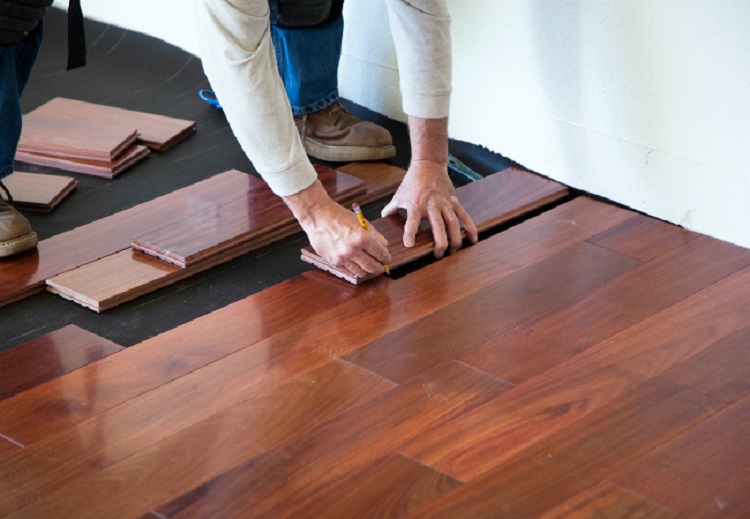Durable and easy-to-clean flooring should be an appealing element in any home, so wooden floors are a good option. You might be wondering if you can set up an underfloor heating unit with wooden flooring, and the answer is yes, with a few caveats.
These include your chosen wooden flooring and how it will work alongside your underfloor heating system. Underfloor heating from Eckermann Plumbing is an excellent way to heat a home, and combining it with wooden flooring results in a beautiful and functional finish. When it concerns integrating the two, though, there are certain factors to consider. Here are some of the few things you need to keep in mind when installing an underfloor heating system on wooden floors.
- The Surface Temperature: The floor’s surface temperature must never surpass 27°C. It also applies to regions near radiators and heating components, under furniture and rugs, and so on. Of course, this assumes that the room needs standard heating. It implies that your insulation, sealing, windows, and other components must meet regulatory standards. Extra efforts should be taken to ensure that the temperature at the hot water supply never exceeds the limit set by the manufacturer and that the installation instructions issued by the heating system’s provider are followed correctly.
- Moisture Content: Underfloor heating Adelaide floors are more sensitive to moisture than non-heated floors. It is because the moisture content difference between the dry and damp portions of the floor will grow with time. Underfloor heating may result in significant drying, causing the wood to compress and shrink. Gaps between panels and somewhat concave boards are expected in a dry, cold climate.
- Installation Over The Heating System: The wooden floor must be installed close to the subfloor with no air gaps, as air pockets may cause the wood to dry quickly. The operating temperature should be at least 18°C while building a floor above underfloor heating loops. It holds boards, subfloors, and room temperature. Cardboard is recommended for the intermediate layer because it is more thermally resistant than polyethylene cellular plastic and cork boards.
- Special Instructions Requirements For Installation: To prevent excessive temperatures in certain areas, the floor structure must include a heat-distributing layer that provides a consistent temperature across the floor’s surface. The floor, including the intermediary layer, must be thermally resistant. A vapor barrier should be incorporated into the floor structure, as close to the wooden floor as feasible.
Conclusion
Many types of flooring can be used with underfloor heating. The best underfloor heating flooring can easily transmit heat from the underfloor heating system onto the floor’s surface.
Hard floors such as porcelain, stone and ceramic flooring, and polished concrete are among the best, with engineered wood close behind. For example, porcelain floors from Eckermann Plumbing with a wooden finish can be a great alternative to hardwood floors. Soft flooring, likely carpet, can be used but could be more effective.




